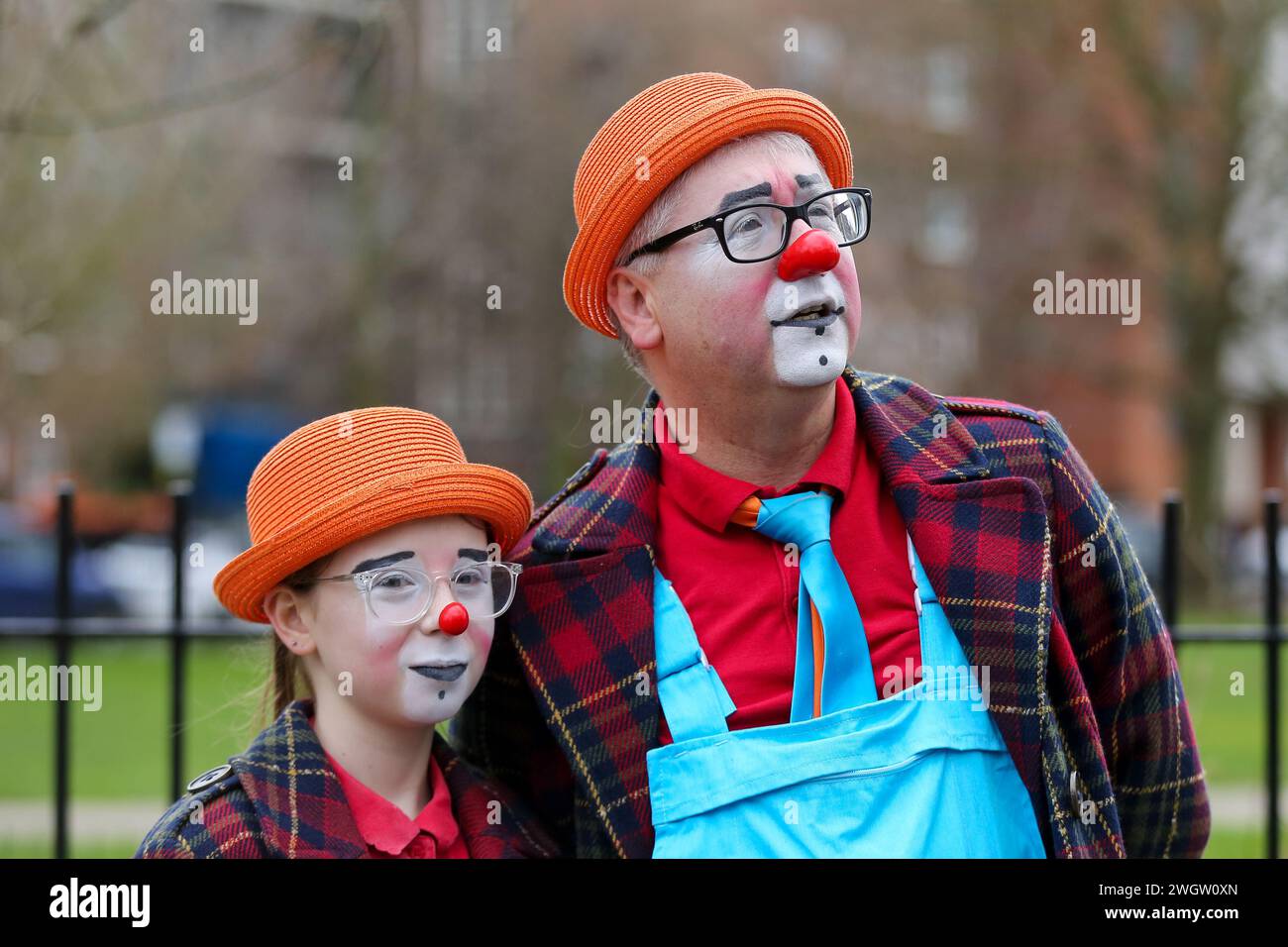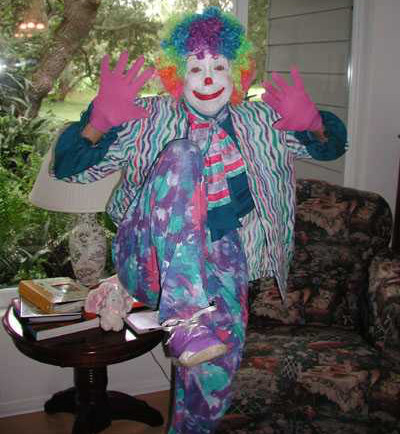All Occasion Performers for Dummies
Table of ContentsThe All Occasion Performers IdeasAll about All Occasion PerformersThe Facts About All Occasion Performers Revealed9 Simple Techniques For All Occasion PerformersAll About All Occasion Performers
He specialized in pigs and mules, which he educated and sold to other clowns. He also provided an act with an experienced rhinoceros and is the only individual in circus history to provide a tightrope walking elephant.He was additionally a philanthropist who provided kindly to many charities and he set up the initial monument to soldiers killed throughout the Civil Battle - Stilt walkers near me. Origins of the Auguste characterThere is a widely told tale about the origins of the Auguste clown. According to the legend, an American acrobat named Tom Belling was performing with a circus in Germany in 1869
Belling took off running, ending up in the circus field where he fell over the ringcurb. In his shame and haste to leave, he dropped over the ringcurb again on his means out. The supervisor commanded that Belling continue appearing as the Auguste.
The Buzz on All Occasion Performers
For something, the word Auguste did not exist in the German language up until after the personality ended up being popular. Among the concepts of the real beginning is that Belling copied the character from the R'izhii (Red Haired) clowns he saw when he visited Russia with a circus (https://all0ccperf0rm.carrd.co/). Characters like the auguste certainly existed formerly

The dancing later on came to be called tap dancing. It should be kept in mind that there are alternating 'origins' for the tramp personality"one of which was the taking a trip "hoe kids," or itinerant farm workers, who rode the rails from one town to one more, cleaning the soot far from their eyes & mouth.
All Occasion Performers Things To Know Before You Get This
Note that the scare wig, exaggerated lips and eyes, oversized clothing and props of the American clown, props such a sparkling water, stuffed clubs, exploding stogies, and whistles filled with soot, are not Grimaldi's. They come from Tambo and Bones. The English blackface comedian Charles Mathews involved America in 1822 to carry out and studied black life and customs.
In such plays there is a mishmash of characters including "kings" and "saints", cross-dressing, and blackface functions; the faces of Morris (or "Moorish") dancers were likewise smudged. Many were executed by bad men in the hungry time after Xmas.
If denied, they would certainly rake the wrongdoer's backyard. The Derby Play of the Tup was done for food and beer by jobless young people. This use of blackface for political action camouflaged as entertainment continued America when the offspring of these males smudged their faces to protest taxes. One such demonstration has actually gotten in American history as the Boston Tea Event.
Rumored Buzz on All Occasion Performers

While not the extravagant events we assume of today, some early, rougher types of traveling circus were popular in America from Revolutionary times-- George Washington was a follower. Blackface clowns executed in them from at the very least the 1810s and possibly prior to; they were a staple by the 1820s. The large red or white mouth painted on by modern-day clowns is a remnant of the blackface mask.
In several respects minstrelsy was birthed when these entertainers moved their acts from the tent to the phase of American range cinemas. There was a solid aspect of clowning in minstrelsy. The blackface mask was a clown's disguise, overemphasizing the face attributes into an anime, a caricature. The blackface clown may be the forerunner these days's anodyne circus clown, but otherwise both are as opposite as blackface and whiteface.
Some Ideas on All Occasion Performers You Should Know
That in nineteenth-century America was more of a Various other than the Negro? What much better mask than blackface? In several customs the clown would certainly reveal some physical defect, like a hunchback, dwarfism-- or like Jim Crow, lameness - Party clown. And due to the fact that he was different, an Others, the clown was permitted to claim and do points nobody else could.
Witticism and apology were main to minstrelsy. It's intriguing that in the West African societies from which most slaves came, the poet-singer griot offered the same ridiculing jester feature when the celebration emerged. That may have something to do with the curious (to us, looking back) ease with which Southern Blacks approved not just the music but even the demeaning humor of minstrelsy.

Emmett Kelly was the very best weblink known tramp clown with his character "Tired Willie."Vagrant clowns are experienced: + jugglers + illusionists + pianists + chalk talk musician + bicyclists. There more than happy vagrants and upset vagrants. There seems to be a wide range of vagrant clowns - https://www.tumblr.com/all0ccperf0rm. One of the most standard feature of tramp clowns is that absolutely nothing is typical except the white mouth, which was stemmed from minstrel blackface makeup.